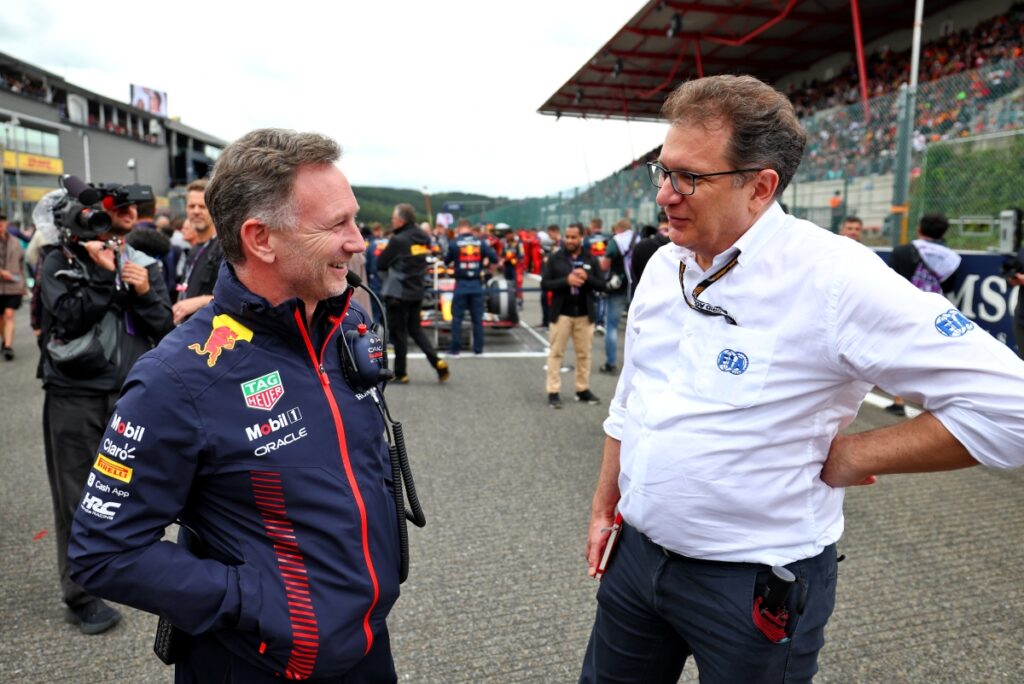Formula 1 Weight Reduction: FIA Insists 30kg Target is “Feasible” Amidst Driver and Team Concerns
In a bid to shape the revised technical regulations for the all-new 2026 Formula 1 car, the FIA has published guidelines that aim to reduce the weight of the next-gen machines. The current ground effect cars have seen their weight escalate to 798kg, and the FIA is targeting a cut to 768kg as a crucial initial step towards a more efficient Formula 1 car.
However, not everyone is convinced that this ambitious goal is achievable. Fernando Alonso has expressed his doubts, citing the increased electric reliance on the updated engine formula as a significant obstacle. Meanwhile, Williams Team Principal James Vowles has reiterated his concerns that all 10 teams will struggle to reach the target weight from the outset in 2026.
Despite these concerns, FIA Single Seater Director Nikolas Tombazis is adamant that the specified number is achievable. “We’ve been working on a range of assumptions based on work that Jan [Monchaux] has been doing in collaboration with the teams,” Tombazis explained. “And we’ve got a range of areas where we know weight will go up, and we’ve got a range of areas where we know weight will go down. And what we have as a target is based on a challenging, but what we feel is [a] feasible target.”
Tombazis acknowledged that the goal will be challenging, but he believes that the FIA’s collaboration with the teams will help to identify areas where weight can be reduced. “Clearly, we’re going to be still asking teams for some estimates about the weight savings they can make and so on,” he added. “And we’re going through that process. But we are pretty determined to reduce the weight in a significant way, which is the first time this is happening, I think, in Formula 1 since probably the 80s or something.”
When questioned about rumors that the 80kg allowance on the drivers’ side had been eradicated from the regulations, Tombazis quickly dispelled the notion. “No, it’s not correct,” he stated. “The discussion has been whether the allowable weight for the driver should be 80 or 82 kilos. And the feeling was that 80 could penalize a few of the slightly heavier drivers. And we are going to be going to 82 kilos.”
Lewis Hamilton, who began his Formula 1 career when the cars weighed less than 600kg, has also voiced his opinion on the planned reduction. While acknowledging the direction of the changes, he feels that the reduction could have been more substantial.
The FIA’s commitment to reducing the weight of the Formula 1 car is a significant step towards improving the sport’s overall efficiency. As the governing body continues to work with the teams to identify areas for improvement, it remains to be seen whether the targeted 30kg weight reduction can be achieved. One thing is certain, however – the 2026 Formula 1 car will be lighter, more efficient, and more environmentally friendly, marking a significant milestone in the sport’s evolution.
🔗 Source
